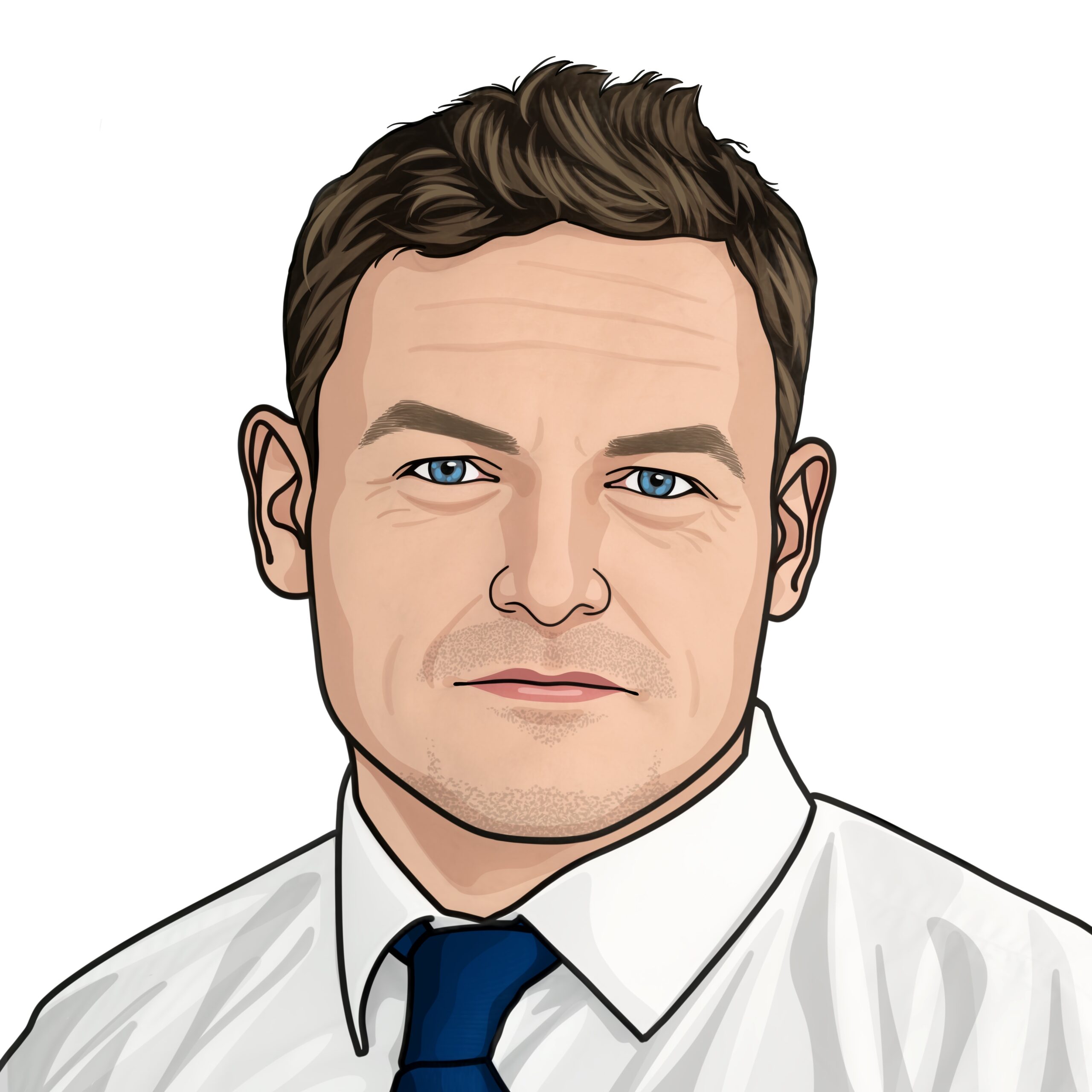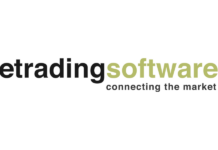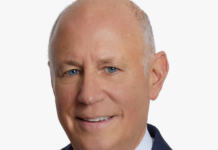In fixed income, the most effective investment and trading models can be those built to withstand uncertainty. Speaking at the Fixed Income Leaders’ Summit in Washington DC on 11 June, panellists emphasised that no single model can capture every shift in the markets. As a result, success often comes from building systems that are flexible enough to respond to changing conditions.
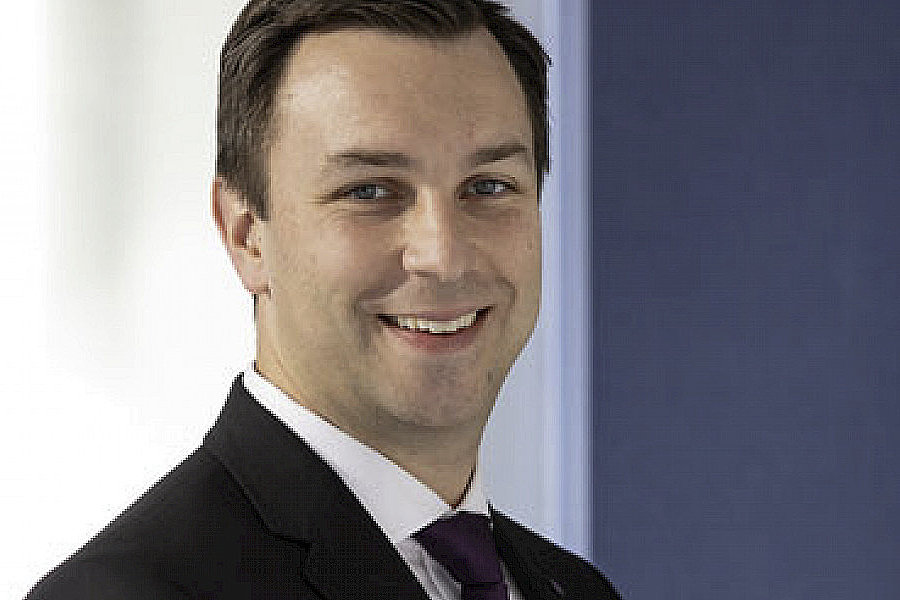
“The ensemble [model] approach always beats one [single] model,” Paul Kamenski, head of fixed income, Man Numeric, “I think that’s a truism. Diversification is the only free lunch. Ensemble approaches are the only free lunch when it comes to modelling. I want to be in a circumstance where there isn’t any one model that’s influencing everything in a huge way.”
That reflected the current environment, he noted, but also the reality of a complex world.
“I really can’t put my finger on exactly what the driver is of the process, just because the truth is, the reality of the markets that we’re dealing with is really complicated,” he said. “There’s so much going on that you need the interpretability. Sometimes I feel that’s a bit of a crutch for the fact that we don’t really acknowledge how complicated the world is.”
Andrew Dassori, chief investment officer at Wavelength Capital Management, echoed the importance of building systems that can adapt to shifting environment.
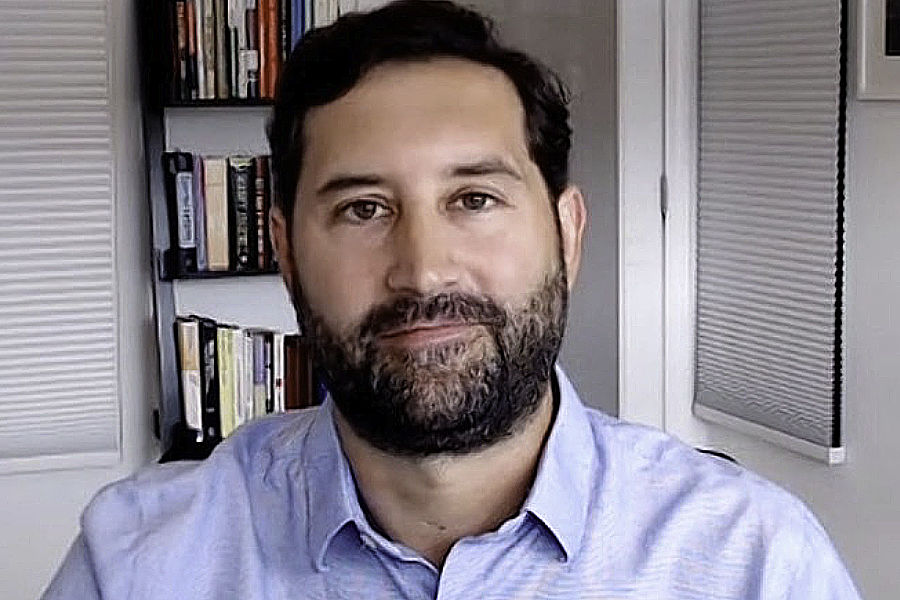
“I would probably rather have a system be able to identify the environment and then build in controls in order to switch between environments, to make those signals more easily predictive for one environment versus another. That’s the way that we’ve approached things. Having a system to do that type of analysis is probably better than trying to do it all in your head.”
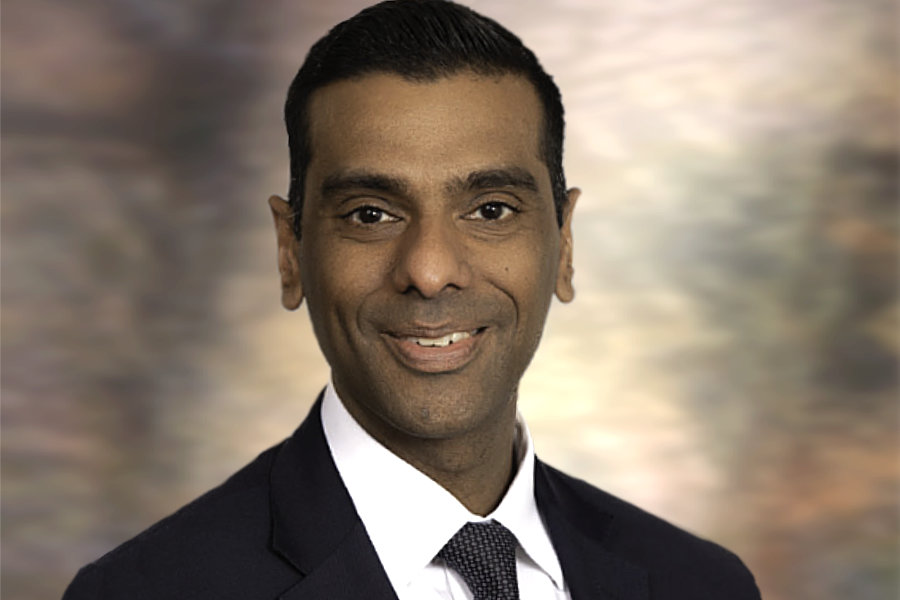
Zafrin Nurmohamed, portfolio manager at Investment Management Corporation of Ontario (IMCO) said, “On the issue of overfitting, one of the experiences that we had, more in the contemporary environment, is that models were underfitting what was going on in terms of the dynamics in the economy,” he said. “Oftentimes, there are missing variables.”
It is key to understand how to adjust models in order to allow them to be adaptable, he noted, based upon building out the parameters which the model could work within.
In the context of leveraging neural networks, he said “As you’re retraining models, and ingesting more data, you can use a validation set to update hyper parameters, including how many layers there are in your neural network, the number of neurons per layer, and a number of other hyper parameters.”
©Markets Media Europe 2025

